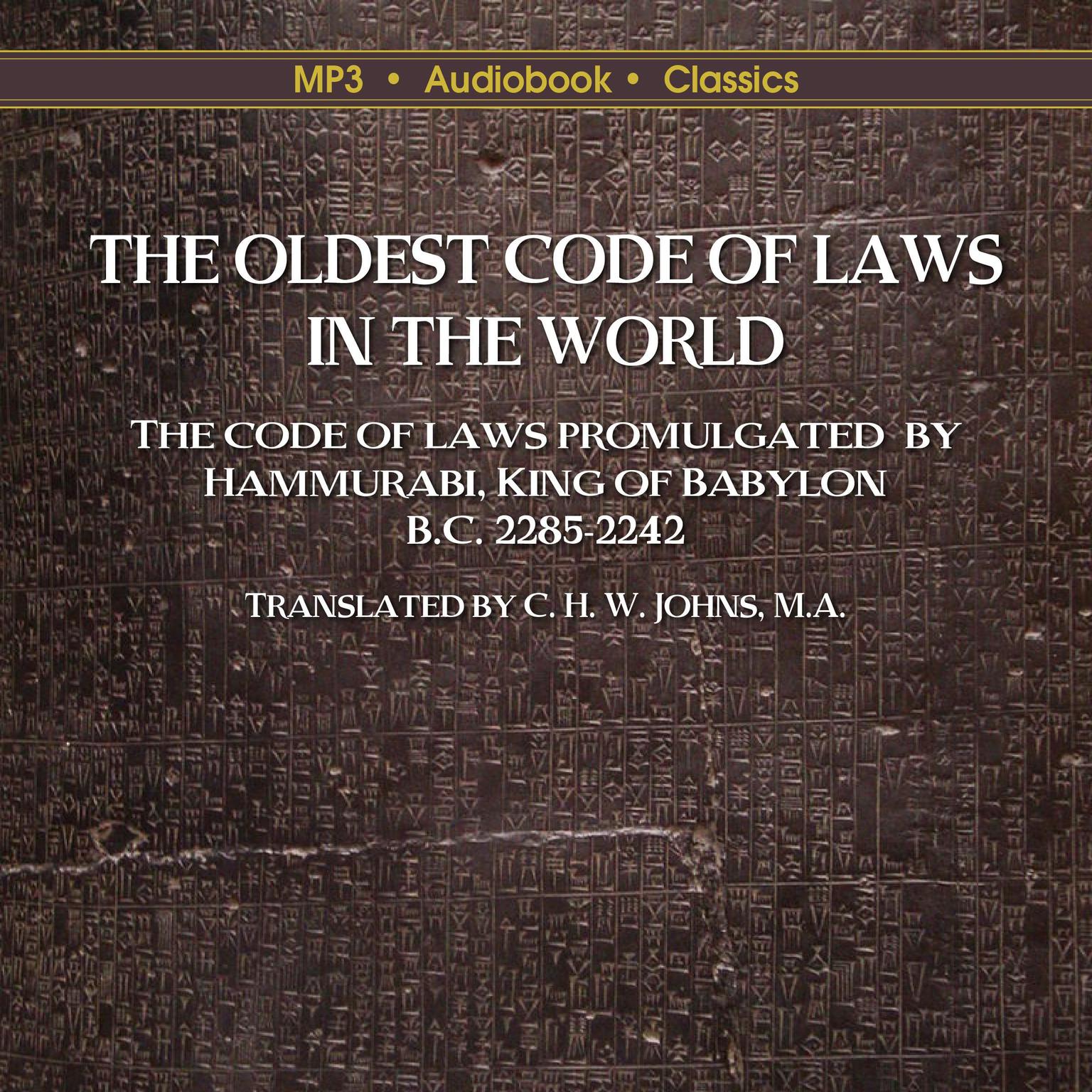Publisher Description
The Code of Hammurabi is a codification of the laws enacted by Hammurabi, the king of Babylonia and is one of mankind’s oldest known writings. It was inscribed on a stone stele, or monument, in approximately 1754 B. C. and was discovered by archeologists in 1901. The code was inscribed using cuneiform script in the Akkadian languages into a diorite stele that stands 7.4 feet tall. A small portion of the code is considered missing. Famous for the concept of “an eye for an eye and a tooth for a tooth” the code itself consists of 282 laws. Criminal offenses are described in detail with associated physical punishments that are quite harsh and vary according to gender and social and economic status. It was one of the first code of law to emphasize physical punishment of the perpetrator as well as among the first to establish a presumption of innocence. Previous codes had focused on compensation to victims. Nearly half the code addresses contract issues such as prices for services and liabilities for damages or non-performance. About a third of the code consists of matters relating to household and family relationships such as marriage, divorce, paternity, inheritance, and reproduction. Several pertain to military service. Only one pertains to judicial conduct. The monument is on display in the Louvre in Paris; replicas are displayed in numerous institutions throughout the world.
Download and start listening now!











